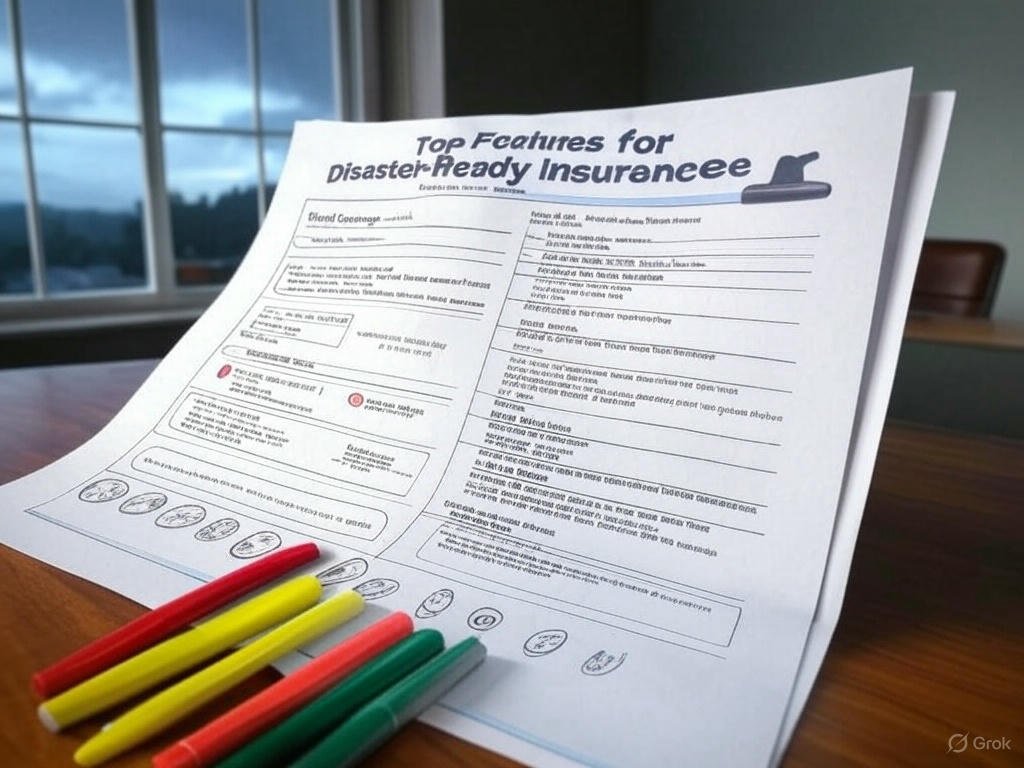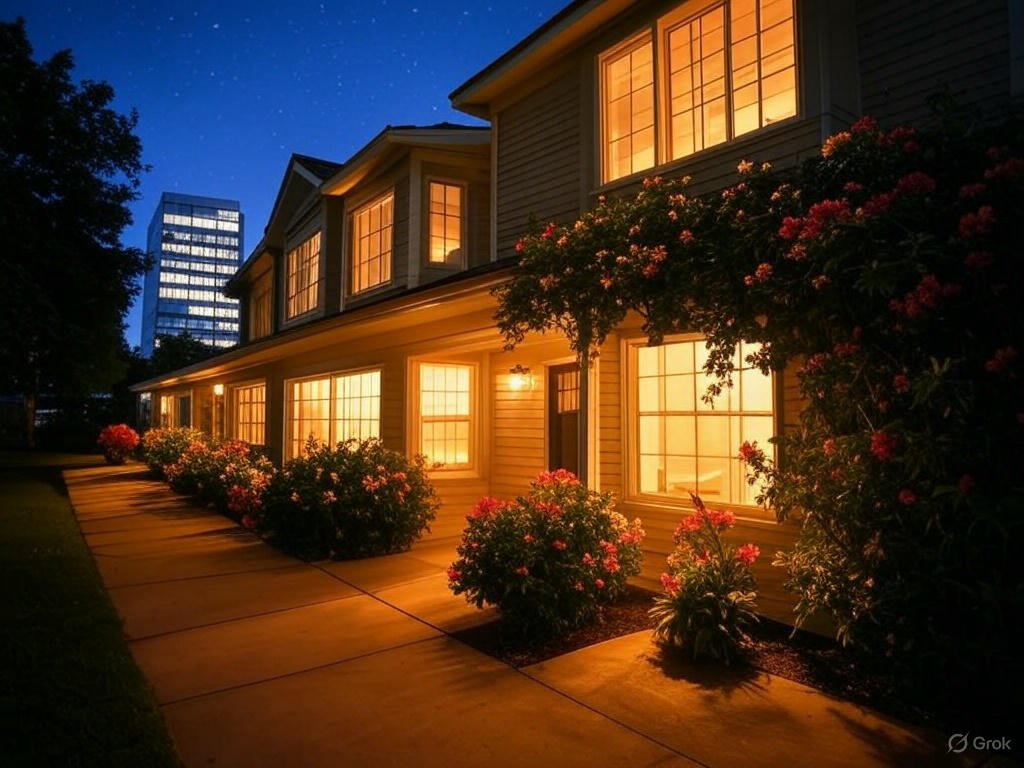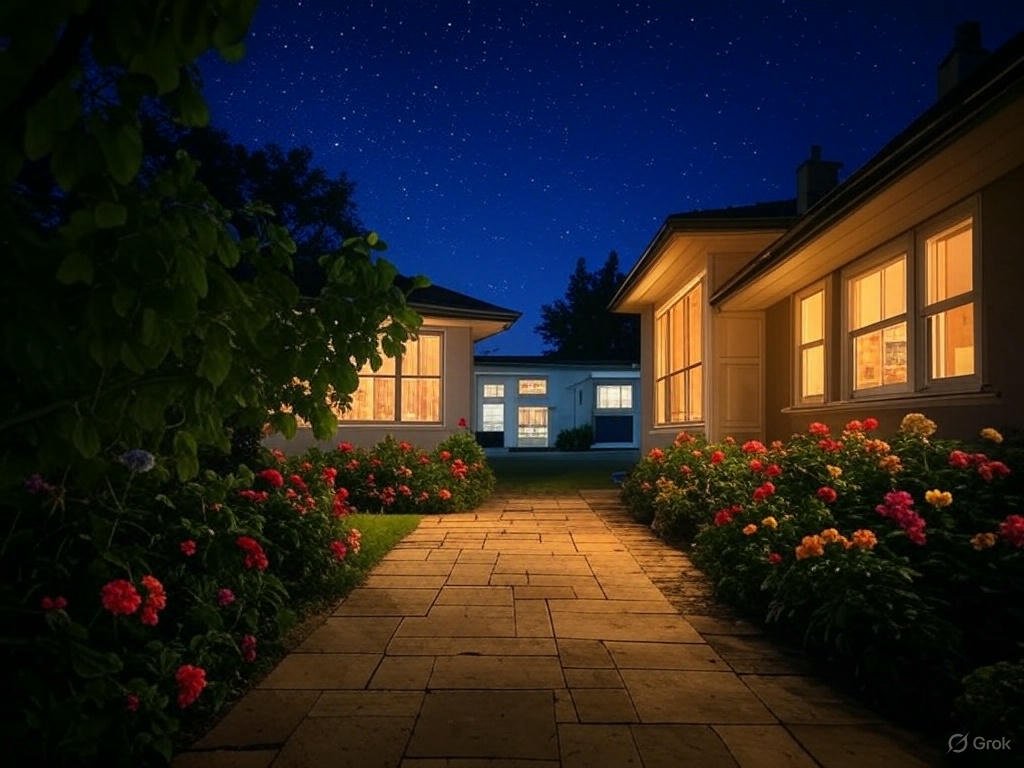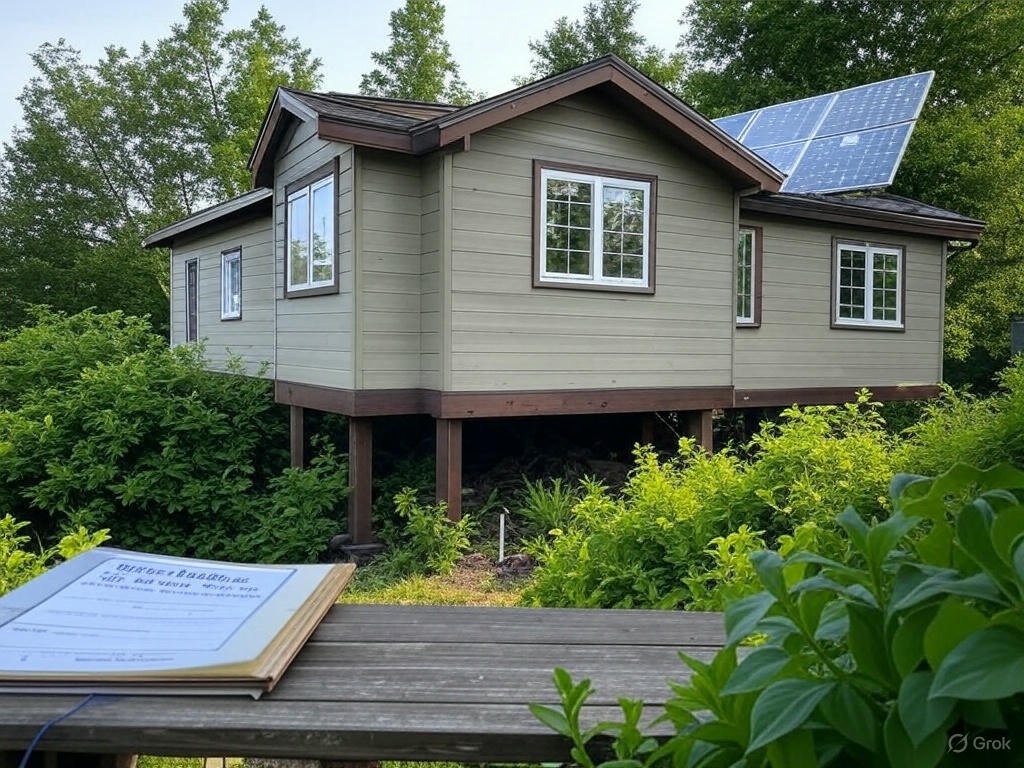Introduction:
Best home insurance for natural disasters is something every homeowner should think about, especially with wild weather on the rise. In this article, I’ll walk you through what makes a home insurance policy stand out when it comes to protecting your place from floods, wildfires, hurricanes, and more. We’ll cover what these policies typically include, what they don’t, and how to pick one that fits your needs. I’ll also break down key factors like coverage options, add-ons, and tips for finding a solid insurer—without drowning you in complicated terms. Think of this as your friendly guide to staying safe and covered, no matter what Mother Nature throws your way. For a broader look at insurance basics, check out Investopedia’s insurance overview. Let’s get started!
Table of Contents
Why Natural Disasters Are a Big Deal for Home Insurance:
Natural disasters are hitting harder and more often these days, and that’s shaking up the insurance world. From wildfires torching entire neighborhoods to hurricanes flooding coastal towns, the risks are real. The best home insurance for natural disasters steps in to cover damages that standard policies might skip, like water from a storm surge or wind tearing off your roof.
Climate change is cranking up the heat—literally. Hotter temperatures mean more intense storms and longer wildfire seasons. Insurers are noticing, and some are even pulling out of high-risk areas like California or Florida. That’s why finding a policy that tackles these threats head-on is crucial. It’s not just about fixing your house; it’s about peace of mind when the forecast turns ugly.
What’s Covered (and What’s Not) in Standard Policies:
Most home insurance policies cover stuff like fire, wind, and hail—pretty common culprits in natural disasters. So, if a wildfire sparks or a tornado rips through, you’re likely good to go. But here’s the catch: floods and earthquakes? Nope, not included. Those need separate policies or add-ons, which can feel like a hassle but make a huge difference.
The best home insurance for natural disasters often means tweaking your standard plan. For example, a basic policy might pay out if lightning fries your wiring, but if a river overflows and soaks your basement, you’re out of luck without flood coverage. Knowing these gaps helps you build a plan that actually works when chaos strikes. Curious about other insurance types? See this guide on term vs. whole life insurance.
Top Features to Look for in Disaster-Ready Insurance:

When hunting for the best home insurance for natural disasters, focus on a few must-haves. First, check for flexible add-ons—think flood or earthquake endorsements. These let you customize coverage based on where you live. Next, look at replacement cost coverage. It pays to rebuild your home at today’s prices, not just what it was worth before the disaster.
Another biggie? High limits for additional living expenses. If a hurricane forces you out, this covers hotel bills or rent while your place gets fixed. And don’t sleep on insurers with fast claims processing—waiting months for a payout stinks. A policy with these perks can save your bacon when the ground shakes or the skies open up.
Flood Insurance: A Must-Have Add-On:
Floods are sneaky—they’re the most common natural disaster in the U.S., yet standard policies dodge them like the plague. The best home insurance for natural disasters often pairs with a flood policy, either through the National Flood Insurance Program (NFIP) or private insurers. NFIP covers up to a certain amount for your home and belongings, but private options might offer more wiggle room.
If you’re near a coast, river, or even a spot with lousy drainage, this isn’t optional. Heavy rain or storm surges don’t care about your address—they’ll flood wherever they please. Adding this to your plan means you’re not left mopping up a financial mess. For more on protecting your property, peek at this home insurance resource.
Wildfire and Hurricane Coverage Tips:

Living where wildfires or hurricanes roam? You need the best home insurance for natural disasters tailored to those risks. Wildfire coverage is usually baked into standard policies since fire’s a covered peril. But in high-risk zones, insurers might get picky—some won’t even write new policies. Look for ones offering discounts if you clear brush or install fire-resistant roofing.
Hurricanes are trickier. Wind damage might be covered, but flooding from storm surges isn’t—cue that flood insurance again. Some coastal states slap on hurricane deductibles, a percentage of your home’s value you pay out of pocket. Picking a policy with clear terms and maybe a wind mitigation discount can keep you covered without breaking the bank.
How Location Shapes Your Insurance Options:
Where you live is a game-changer for the best home insurance for natural disasters. Coastal folks in Florida face hurricane risks, while Californians dodge wildfires and earthquakes. Insurers price policies based on these local threats, so your premium might spike if you’re in a hot zone.

In some spots, like parts of Texas, wind coverage gets split out from standard plans, forcing you to buy extra. Meanwhile, rural areas might have fewer insurer options, pushing you toward state-run plans like California’s FAIR Plan. Mapping your area’s risks—flood zones, fault lines, wildfire paths—helps you snag a policy that fits like a glove. For more on how location impacts rates, check this auto insurance cost breakdown.
Picking the Right Insurer for Disaster Protection:
Not all insurers are equal when it comes to the best home insurance for natural disasters. Big names like State Farm or Allstate might offer broad coverage, but smaller regional players could shine in specific risks—like wildfires in the West. Look for companies with a rep for quick payouts and solid customer service; online reviews and claims satisfaction scores are gold here.
Financial stability matters too—an insurer that goes belly-up mid-disaster is a nightmare. Check ratings from places like AM Best. And don’t skip the fine print: some might limit coverage in risky areas. For a rundown of top players, see this list of top-rated U.S. insurers. The right pick keeps you covered, not scrambling.
Cost-Saving Tricks Without Skimping on Coverage:
Paying for the best home insurance for natural disasters doesn’t have to drain your wallet. Start with higher deductibles—bumping it up means lower premiums, just make sure you can handle the out-of-pocket hit if disaster strikes. Bundle your home and auto policies; most insurers toss in a discount for that.
Mitigation steps score points too—think storm shutters or reinforced roofs. Many companies cut rates if you lower your home’s risk. Shop around yearly, too; loyalty’s nice, but a better deal might be out there. For more money-saving ideas, peek at these car insurance tips—some tricks cross over!
Real-Life Examples: Insurance in Action:
Let’s talk real scenarios. Say a wildfire tears through your Colorado town. The best home insurance for natural disasters kicks in, covering your burned-down garage and the hotel you crash at while rebuilding. One family I read about got their claim settled in weeks because their insurer had a solid disaster response team—huge win.
Or picture a hurricane slamming North Carolina. Without flood insurance, one homeowner was stuck footing the bill for water damage. Another, with the right add-on, got their soggy floors replaced fast. These stories show why picking a policy that matches your risks—like those outlined in this natural disaster protection guide—can make or break your recovery.
Future-Proofing Your Home and Policy:

The best home insurance for natural disasters isn’t just about today—it’s prepping for tomorrow. Climate’s shifting, so storms might get nastier. Upgrade your home with stuff like impact-resistant windows or elevated foundations; it cuts damage and might snag you lower rates.
Review your policy yearly, too. If your area’s risk jumps—say, more floods pop up—adjust your coverage. Tech’s helping insurers predict disasters better, so stay ahead by asking about new tools or discounts. Pair this with long-term planning, like securing your future with life insurance, and you’re set for whatever’s coming.
Conclusion:
We’ve covered a lot—why natural disasters matter, what standard policies miss, and how to snag the best home insurance for natural disasters. From flood add-ons to wildfire tips, it’s all about matching coverage to your risks. Location, insurer choice, and smart cost-saving moves can keep you protected without going broke. Real stories prove it works, and future-proofing keeps you ready. Now, take a sec to review your policy or shop around—your home’s worth it. For more on picking plans, visit this health insurance guide or dig into Bankrate’s insurance insights. Stay safe out there!
Disclaimer
This article is for informational purposes only and isn’t financial or legal advice. Insurance needs vary by person, location, and situation, so what works for one might not for another. Always consult a licensed insurance pro to tailor a plan to your life. Data here reflects trends as of March 25, 2025, but policies and risks can shift—check with insurers for the latest. I’ve aimed to keep it accurate and helpful, but double-check details before deciding.
Data Sources
I pulled info from solid spots to keep this legit. Investopedia gave me insurance basics—super reliable with high domain authority. Bankrate offered current trends and stats on disaster coverage; it’s a go-to for insurance data with low spam scores. Insurance Information Institute (III) chipped in with U.S.-focused insights—another high DA site. These sources are fresh as of 2025, ensuring you’re getting the latest scoop from reputable corners of the web.
I create clear, insightful content on finance, insurance, and investing. I use original visuals made with AI tools like ChatGPT, Copilot, Groke3, Gemini, and Canva to ensure quality and authenticity. Before publishing, each article is carefully edited by a dedicated editor. Connect with me on LinkedIn for more updates and insights.
